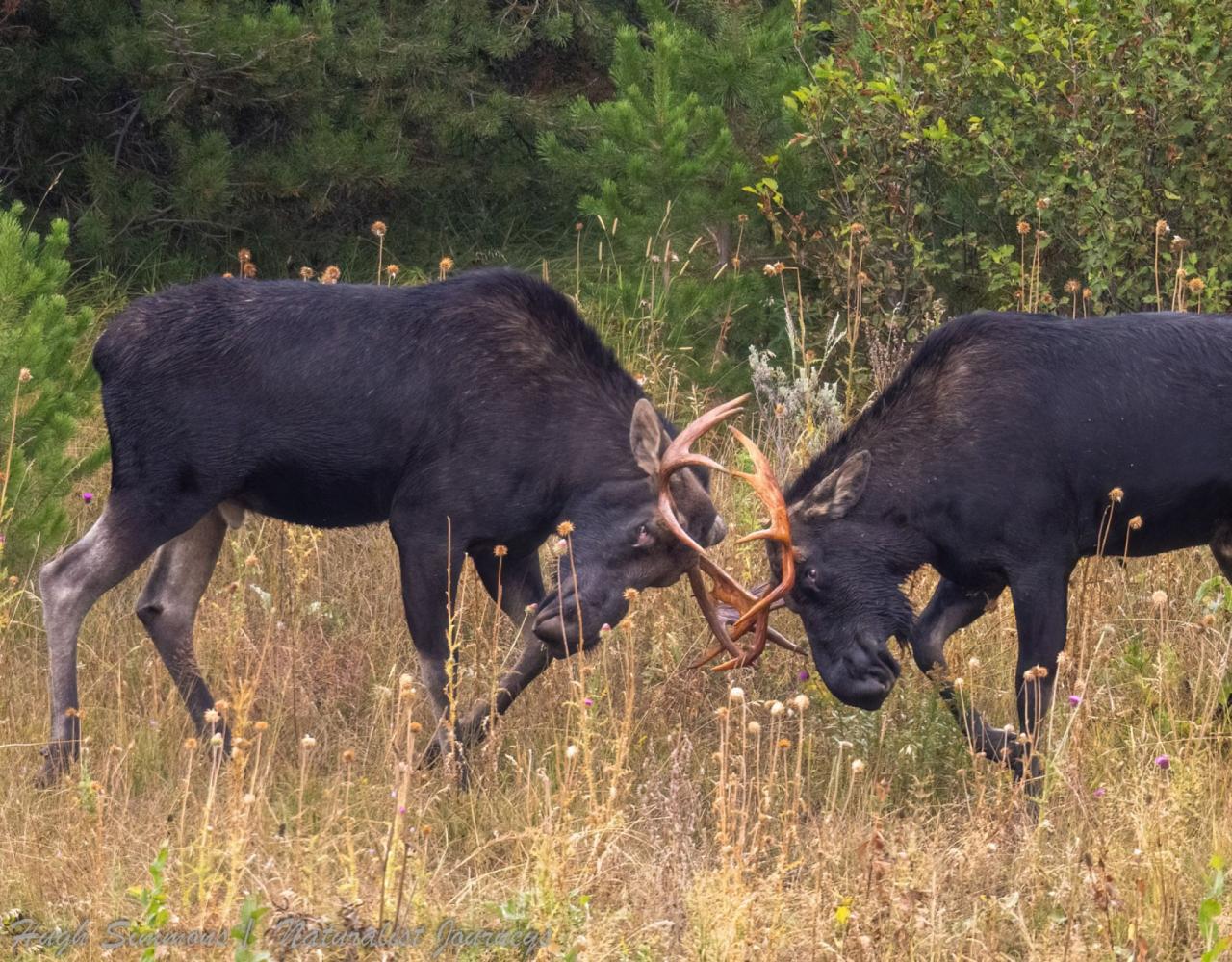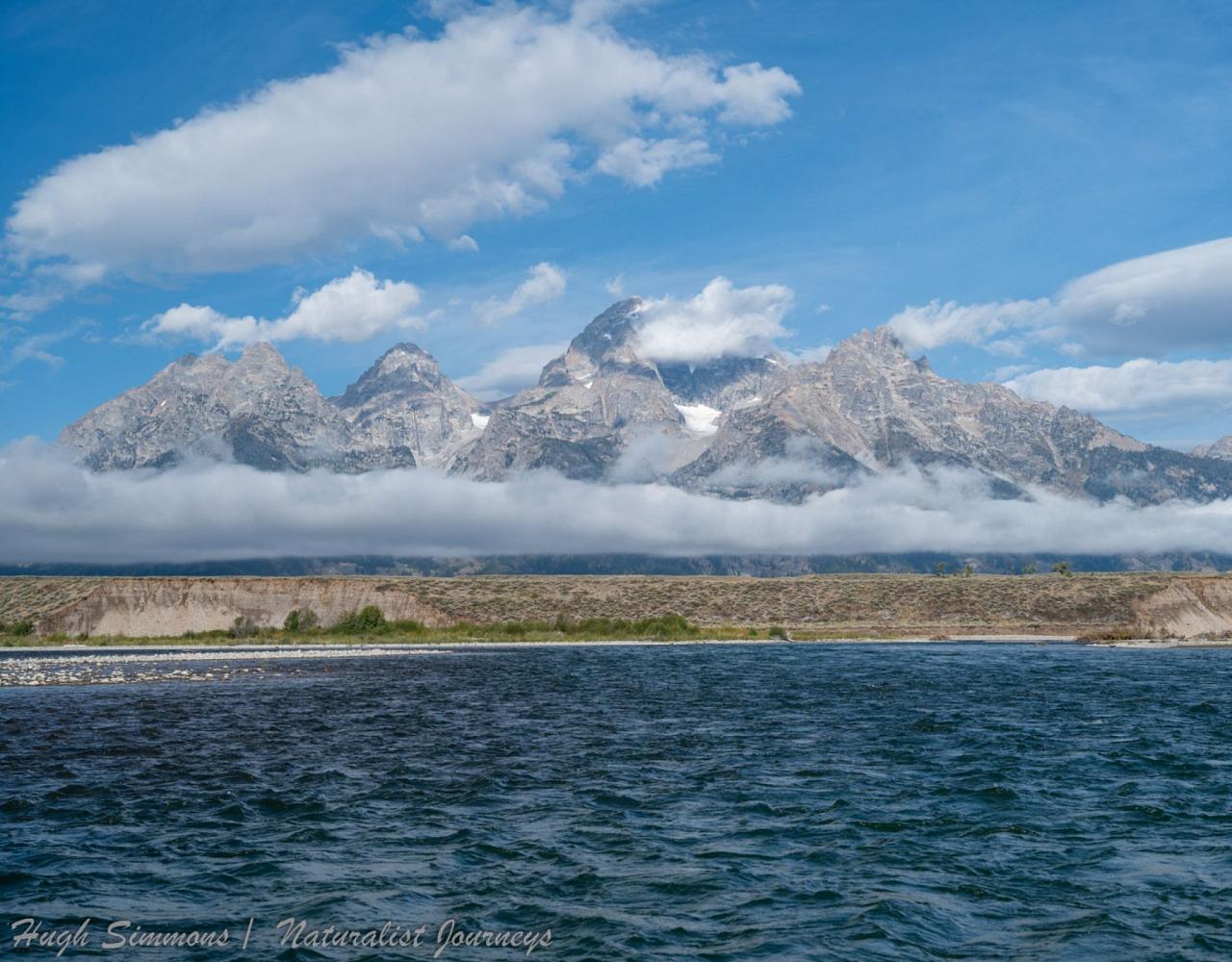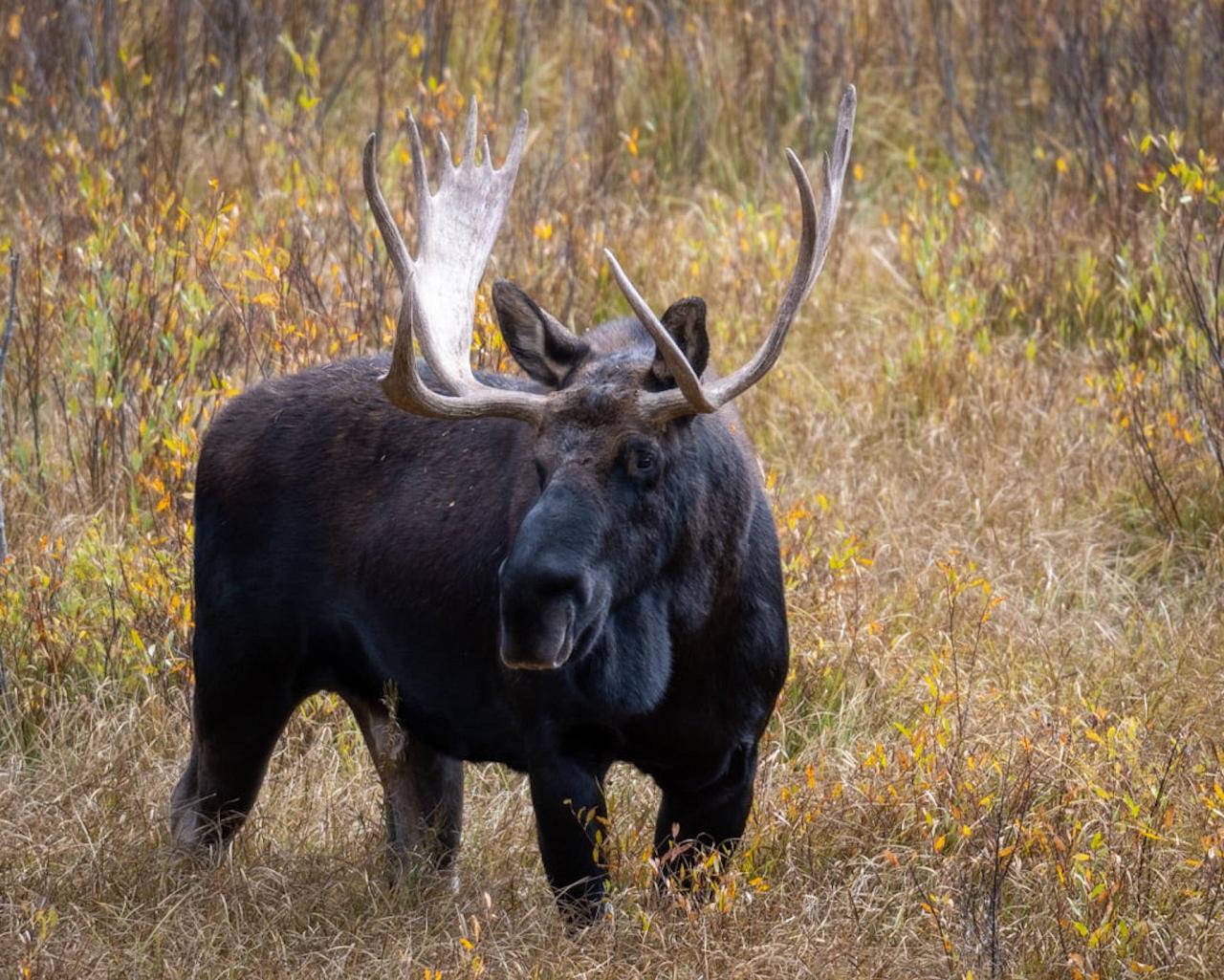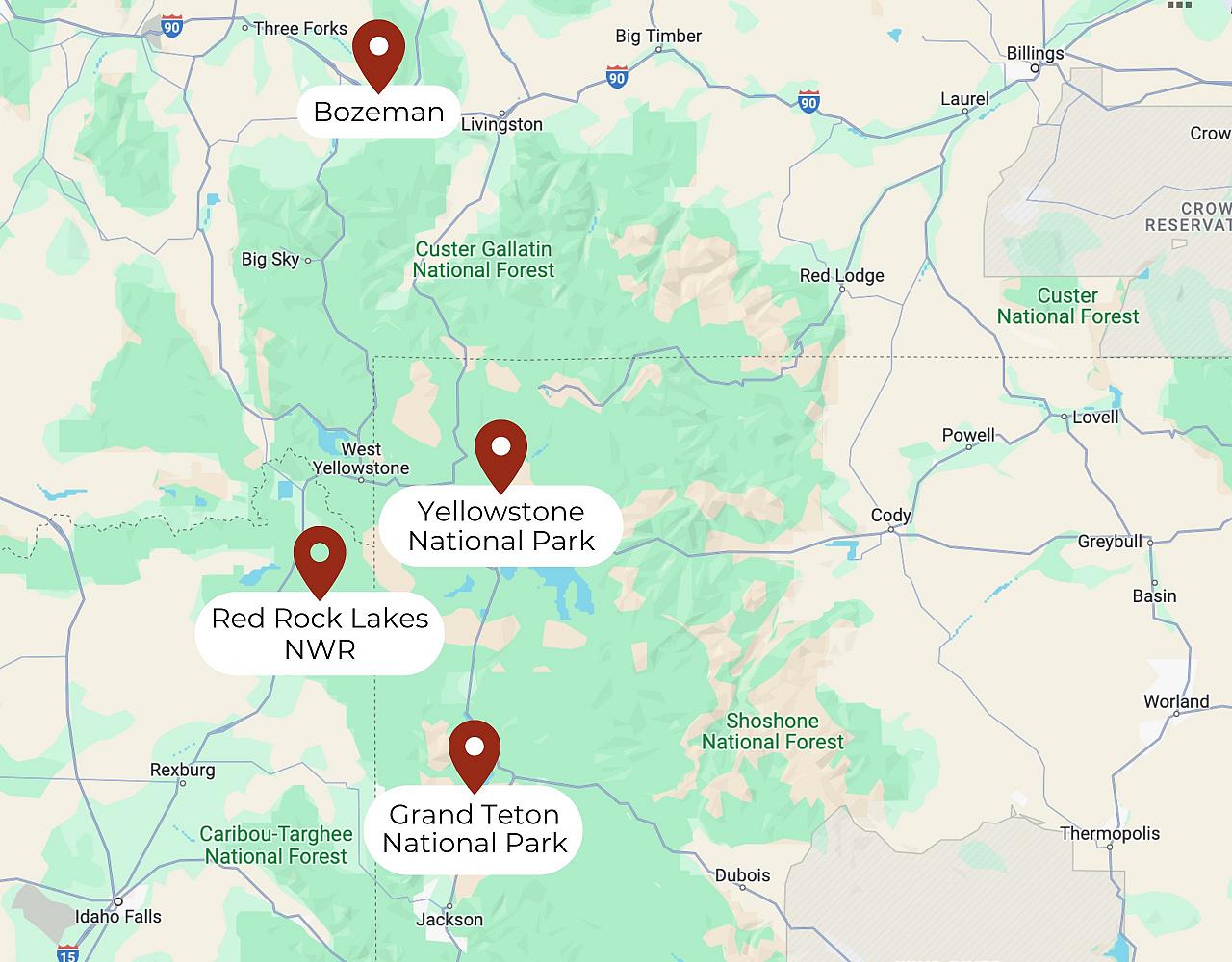- Overview
- Full Itinerary
- Photo Gallery
- Costing
- Travel Details
- Trip Reports
- Guides
- Map
- Know Before You Go
- Other Trips You May Like
Discover the crisp air, scarce crowds, and incredible wildlife of Yellowstone National Park in the fall. Magnificent bull elk fill the air with frosty breath and clarion mating calls while aspen and cottonwoods shimmer in hues of gold. An early snowfall may decorate the landscape, bringing a sense of urgency to animals preparing for winter. Few places in the world match Yellowstone for viewing the dynamics of large mammals and the drama played out between predator and prey.
We begin on the west side of the park, at wildlife refuges and Harriman State Park, vital wetland areas for the Yellowstone Ecosystem replete with waterfowl and significant species such as Trumpeter Swan and Sandhill Crane. After two nights at a cozy lodge on the Henry’s Fork River, we continue with two nights at West Yellowstone from which we follow the Madison River to witness steamy, iconic geyser basins and plentiful wildlife at Old Faithful and other thermal basins. Next we travel through Yellowstone out the South Entrance where views of the spectacular Grand Tetons frame our journey. Wildlife and fall colors are at their prime here. We watch for bear, bison, elk, bull moose, river otter, sandhill crane, and pronghorn with time to explore this dramatic valley from our lodgings in Jackson Hole. Dining is fun here too! Raptors on the wing, possible wolf sightings, fall colors, and perhaps the first snowfall—this trip is a naturalist’s or photographer’s dream.
Absorb the rich legacy that is Yellowstone, the world’s first and still most famous national park, and a World Heritage Site. There is simply no other place like it on the planet. This tour in the fall is a sampler trip, designed not for keen birding but for time to savor this treasured landscape and its signature species, and with time to enjoy photography if you wish, watch animal behavior, and to bird a mix of habitats for classic western species.
Early on they called it Wonderland … and we think you will too.



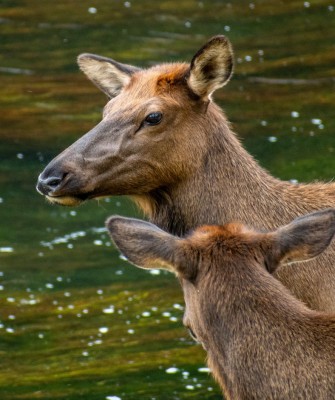
- "Great trip, terrific guides. We would recommend this trip to anyone wishing to visit Yellowstone...full of
- breathtaking natural beauty." — Margaret Nees, 2023 Traveler
Tour Highlights
- Marvel at spectacular Grand Teton National Park, enjoying two nights in charming Jackson Hole
- Begin on the Yellowstone Ecosystem’s west side, where Trumpeter Swan, Sandhill Crane, and Moose are often found at Red Rock Lakes NWR and Harriman State Park
- See Red Rock Lakes National Wildlife Refuge and Harriman State Park—en route to Yellowstone
- Visit iconic Yellowstone destinations, including Old Faithful and Mammoth Hot Springs, without the summer crowds
- Watch for Bald Eagle, Osprey, Trumpeter Swan, and Elk along the rushing Madison River
- Search for Bison, two species of deer, Elk, Moose, Pronghorn, Bighorn, and Mountain Goat
- Witness the dramatic Upper and Lower Falls of the Yellowstone River
- Spot possible Great Gray Owl, Pine Grosbeak, Harlequin Duck, American Dipper, numerous raptors including Golden Eagle, and Gray-crowned and Black Rosy Finches
- Watch for Mountain Bluebird, Dusky Grouse, and Red-naped Sapsucker under colorful Quaking Aspens
- Savor a relaxed-pace tour immersed in the wild wonder of Yellowstone
- Travel in comfortable minivans, easy to carry gear and getting in and out of for our wildlife stops
- Find awe in this region’s landscapes
- Incredible wildlife and wonderful photo opportunities at every turn!


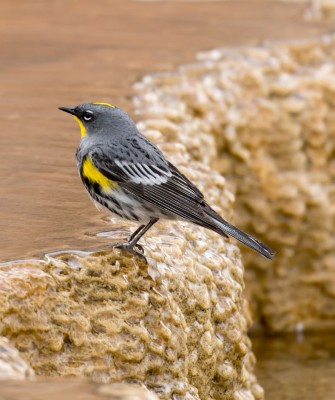

Trip Itinerary
Itineraries are guidelines; variations in itinerary may occur to account for weather, road conditions, closures, etc. and to maximize your experience.
Sat., Sept. 26 Arrival in Bozeman, Montana | Yellowstone National Park | Angler’s Lodge
Bozeman is a lively city with a western flair and some of you may want to arrive early to enjoy it. We can make recommendations—book early to find the best rates. We plan to leave from the airport no later than 2:00 PM today to head south to West Yellowstone, following the Gallatin River, filming location for the Robert Redford directed film A River Runs Through It.
En route we cross the Continental Divide from the Madison to the Snake River drainage, looking out for moose and raptors such as Ferruginous Hawk and Northern Harrier. Near Island Park we settle into our lovely lodgings on the river. With luck, a Common Loon glides on the river and Caspian Tern fly overhead.
Accommodations at Angler’s Lodge (D)
Sun., Sept. 27 Henrys Lake State Park | Earthquake Lake | Yellowstone Ecosystem’s Western Side
We love exploring the quieter side of the Greater Yellowstone ecosystem. At Angler’s Lodge we are close to Henrys Lake State Park, Hegben, and Earthquake Lake.
We plan our day according to weather and road access, with plans to spend time looking for moose, Northern Flicker, Williamson’s Sapsucker, and both Hairy and American Three-toed Woodpeckers. Big valley meadows here are frequented by elk, the river bottoms by moose; in view of the Centennial Mountains we hope to find Prairie Falcon, Golden Eagle, and a host of waterfowl species. In groves of conifers we look for seed-eating specialties like Pine Grosbeak, Cassin's Finch, and Pine Siskin. Enjoy a picnic lunch afield.
Quake Lake, formed after an earthquake in 1958, is home to many great species. Along with looking for Bufflehead or Barrow’s Goldeneye on the water, we will also be on the lookout for Bald Eagles and Belted Kingfishers hunting for fish. Clark’s Nutcracker are also known to frequent the lake region.
We return to our lodgings on the river for a nice dinner and some time to enjoy the views.
Accommodations at Angler’s Lodge (B,L,D)
Mon., Sept. 28 Harriman State Park | Yellowstone’s West Entrance | Madison River | Norris Geyser Basin
We make an early morning foray to nearby Harriman State Park to be there at prime light for photography and prime time for birds and mammals. At Silver Lake we have a good chance to find a variety of ducks, grebes, and Osprey fishing. We return to Angler’s Lodge to enjoy a hearty breakfast and pack up our gear to head to Yellowstone.
Our next stop is West Yellowstone where we stay for two nights. From here, we enter Yellowstone Park and drive up a wildlife-rich corridor along the Madison River. At this time of year elk often congregate in the lushness of the river corridor. On sunny days they seem to savor the warmth … perhaps they know winter is coming. Cow and calf herds lounge, feed, and interact. Big bulls may bugle, round up the females, or do some sparring. With luck a pair of Trumpeter Swan may be regally gliding near one of the bridges.
At Madison Junction we turn north to go walk and explore the Norris Geyser Basin, the hottest in the park. A loop trail reveals a variety of mudpots, fumaroles, and geysers. Colors of the hot springs here are incredible. We then retrace our steps back to West Yellowstone, watching for wildlife as we go. Dinner tonight is at a favorite local restaurant.
Accommodations at Three Bears Lodge (B,L,D)
Tues., Sept. 29 Grand Prismatic & Old Faithful | Yellowstone Lake | Hayden Valley | Grand Canyon of the Yellowstone
Today is a full but rewarding day as we have the whole day to explore the park jewels. We start with Grand Prismatic Spring, the largest hot spring in the United States. We stroll the boardwalk taking in the dazzling rainbow colors of the spring. We head to the iconic Old Faithful where visitors delight in seeing boiling mudpots, crystalline pools of blue, green and orange, and steamy misty landscapes. We could spot coyote, Killdeer, Barrow’s Goldeneye, American Dipper, and possibly river otter here.
After a picnic breakfast on the deck of the historic Old Faithful Inn, we continue on to Yellowstone Lake towards Fishing Bridge and the famous Hayden Valley. This valley is one of the most beautiful landscapes in the park and home to bison, pronghorn, wolves and raptors. We keep a sharp eye out for black bears and grizzly bears as they will be in hyperphagia now, gorging on berries, roots, insects and whatever else they can find to gain as much weight and fat as they can before hibernation.
After a satisfying afternoon in Hayden, we make our way to the Grand Canyon of the Yellowstone, taking time to stop and take in the magnificent view. We then head to Canyon Village where we enjoy exhibits on the park’s geology, gift shops if you wish, and lunch.
Eventually we wind our way back, passing by Norris Geyser Basin before returning to West Yellowstone. Herds of elk should be seen along the Madison River, and with luck we watch the antics and hear the bugle of courting males.
Accommodations at Three Bears Lodge, West Yellowstone (B,L,D)
Weds., Sept. 30 South to Grand Teton National Park | Jackson Hole
We head back through Yellowstone Park today, always an adventure as wildlife abounds. We enjoy the Artist’s Paint Pot Drive and a few of the smaller geyser basins along the way. At West Thumb we take a rest stop, then turn south towards Grand Teton National Park. There are scenic waterfalls and some grand meadows along the route. At the Snake River we get out and do some birding as this is a natural corridor for migratory birds.
We stop at Jackson Lake Lodge for lunch with a million dollar view and chance to scan for moose, sandhill crane and other wildlife. At Oxbow Lake we may find White Pelican, a host of waterfowl including Barrow’s Goldeneye, and with luck, river otter. Fall colors from the many pull-outs can be breathtaking with the mountains behind.
We arrive in Jackson with time to check a local boardwalk along a wetland area that is great for birding before checking into our lodgings. It’s hard to choose a restaurant here, but we are sure to choose a favorite.
Accommodations at Jackson Hole, Wyoming (B,L,D)
Thurs., Oct. 1 Teton National Park
We have the full day to explore this dramatic national park, replete with wildlife and scenic views. An early start increases our chances for moose and bears, and we intend to find them!
There are wetland areas with excellent willow and cottonwood habitat and trails to explore and an excellent visitor center and a chain of lakes, one more beautiful than the other. With luck we could find American Three-toed Woodpecker or Dusky Grouse as we explore.
We enjoy a picnic lunch, and as we loop around past Oxbow Lake we stop again to scan. We then pass through sagebrush habitat and from several vantage points get views of the entire Teton Range, with a ribbon of gold in front of it with fall color along the Snake River. Blacktail Ponds is a great birding area.
We return in time for you to look around the fun western town of Jackson Hole before our final celebratory dinner this evening.
Accommodations in Jackson Hole, Wyoming (B,L,D)
*Naturalist Journeys is an Authorized Permittee of Grand Teton National Park
Fri., Oct. 2 Departures
Depart at leisure today from Jackson Hole*; your guides can provide transfers to the airport until noon. After that please plan on taking a taxi or Uber. Our guides stay in town until noon today, with the option to do some casual morning birding before they drive back to Bozeman to return their vans. (B)
*Our vans need to return to Bozeman. If you prefer that airport, guides can take you back to BZN this afternoon, to drop you at an airport hotel. This is a 4 – 5 hour drive.
Cost of the Journey
Cost of the journey is $4890 DBL / $5870 SGL per person, based on double occupancy. This cost includes: accommodations for 6 nights, all meals as specified in the itinerary (B=breakfast, L=lunch, D=dinner), park entrance and other activity fees for activities for 7 days as described in the itinerary, professional guide services, pre-departure materials, and miscellaneous program expenses.
Tour cost does not include: round-trip airfare to Bozeman, Montana (BZN) and from Jackson, Wyoming (JAC). The tour cost does not include items of a personal nature such as laundry, telephone, drinks from the bar, or gratuities for luggage handling or personal services.
Travel Details
Please plan to make air travel plans only after the minimum group size has been met. We will send you a confirmation email as soon as the trip has been confirmed.
Arrival Airport: Bozeman Yellowstone International (BZN)
Arrival Details: Please plan to arrive September 26, 2026, no later than 1:00 PM
Departure Airport: Jackson Hole (JAC)
Departure Details: Please plan flights to depart October 2, 2026, at your leisure. Your guide will make airport transfers until noon. If your flight departs in the afternoon, please plan on taking a taxi or Uber. You also have the option to return to Bozeman with the guide and fly out of BZN. See below Departure Travel Tip for details.
Arrival Travel Tip: We have a 3 hour drive on our first day so we strongly recommend you come in a night early. We travel to Island Park, past West Yellowstone on the first day, and as there is no public transport to Island Park so a delay could mean renting a car to catch up or a costly private transfer. The good news is that if you arrive early, Bozeman is a scenic and fun town to explore. The Museum of the Rockies is an excellent introduction to natural and cultural history. The downtown area is trendy with western-themed shops and restaurants, very walkable. The airport is 10 miles from downtown so depending on your interests, you may want to choose a hotel that offers shuttle service to town, choose a downtown hotel, or rent a car. Taxis and Uber are readily available, too. You will either need to return to the airport by 1:00 PM or be at the Best Western GranTree Inn by 1:30 PM on arrival day.
Hotel Recommendations: Just want to rest up and have the option to take a hotel shuttle downtown? We can pick you up at this hotel: Best Western Plus GranTree Inn (406) 587-5261
If you prefer to stay adjacent to the airport, we recommend: Holiday Inn Express & Suites Belgrade (406) 388-7100 Do you want to splurge a bit and stay right in the downtown area? We recommend: Kimpton Armory Hotel Bozeman (406) 551-7700 Element Bozeman (406) 582-4972
Departure Travel Tip: Our vans need to return to Bozeman. If you prefer to depart on a round-trip to and from that airport, guides can take you back to BZN this afternoon or drop you off at an airport hotel. This is a 4-5 hour drive. If you prefer to extend your stay in Jackson, there are many things to do! You could continue to explore Grand Teton National Park, visit the National Museum of Wildlife Art, or even take a gondola ride in nearby Teton Village. A rental car is the easiest way to explore areas outside of downtown Jackson, but other options include a taxi, Uber, or Jackson’s excellent public bus system (SMART). If you do plan on extending your stay in Jackson, the best option would be to add nights to our last night hotel on the tour, the Lexington Hotel at Jackson Hole. If this is your choice, then please book this hotel online and give us the confirmation number that we can submit when we send our final room list, the goal being you don’t have to change rooms.
Browse below for trip reports and species lists from past versions of this and other tours from this destination.
Montana
- June 2012
- June 2013
Yellowstone
- June 2011
- June 2012
- June 2013
- September 2016
- September 2017
- September 2018
- September 2019
- June 2021
- September 2021
- September 2022
- June 2023
- September 2023
- May 2024
- June 2024
- September 2024
- June 2025
- September 2025
-
Bryan Calk
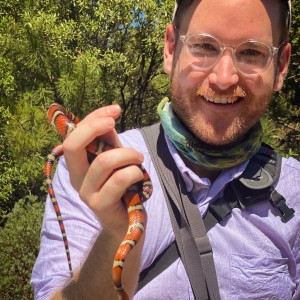
Bryan started birding at Fort Clark Springs in southwest Texas when he was 10 years old and never stopped. He got his first taste of guiding while leading trips for the Rio Brazos Audubon Society during college. After graduating from Texas A&M in 2015 with a degree in genetics, Bryan worked as an avian field biologist on several projects across Texas and New Mexico. Currently residing in Albuquerque as a professional birding tour guide, he leads field tours, workshops, and youth birding programs across the US. In his free time, Bryan enjoys butterflies, searching for herps, photography, art, cooking, and gardening.
Other trips with Bryan Calk
-
 Belize: Three Great Lodges FULL - See our March departure!January 5 - 15, 2026
Belize: Three Great Lodges FULL - See our March departure!January 5 - 15, 2026 -
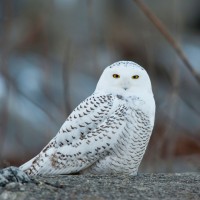 Minnesota: Winter Owling Tour FULL - Check out Yellowstone: Winter Wolf Watching!January 25 - 30, 2026
Minnesota: Winter Owling Tour FULL - Check out Yellowstone: Winter Wolf Watching!January 25 - 30, 2026 -
 Minnesota: Winter Owling Tour FULL - Check out Yellowstone: Winter Wolf Watching!February 1 - 6, 2026
Minnesota: Winter Owling Tour FULL - Check out Yellowstone: Winter Wolf Watching!February 1 - 6, 2026 -
 Arizona: Sky Island Winter Birding Blitz Only two spaces left!February 21 - 27, 2026
Arizona: Sky Island Winter Birding Blitz Only two spaces left!February 21 - 27, 2026 -
 Nebraska's Platte River Prairies & Sandhill Crane Migration A Private Tour for The Nature ConservancyMarch 15 - 19, 2026
Nebraska's Platte River Prairies & Sandhill Crane Migration A Private Tour for The Nature ConservancyMarch 15 - 19, 2026 -
 Nebraska's Platte River Prairies & Sandhill Crane Migration A Private Tour for The Nature ConservancyMarch 21 - 26, 2026
Nebraska's Platte River Prairies & Sandhill Crane Migration A Private Tour for The Nature ConservancyMarch 21 - 26, 2026 -
 Western Panama: Tranquilo BayApril 7 - 14, 2026, w/Mt. Totumas extension
Western Panama: Tranquilo BayApril 7 - 14, 2026, w/Mt. Totumas extension -
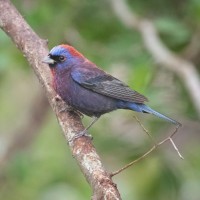 Texas Hill CountryApril 24 - 29, 2026
Texas Hill CountryApril 24 - 29, 2026 -
 Ohio: The Biggest Week in Birding Only one room left!May 13 - 20, 2026
Ohio: The Biggest Week in Birding Only one room left!May 13 - 20, 2026 -
 Alaska’s Northern Passages & Glacier BayJuly 11 - 18, 2026
Alaska’s Northern Passages & Glacier BayJuly 11 - 18, 2026 -
 Alaska SamplerAugust 10 - 18, 2026
Alaska SamplerAugust 10 - 18, 2026 -
 Southeast Arizona: Sky Island Fall SamplerNovember 1 - 8, 2026
Southeast Arizona: Sky Island Fall SamplerNovember 1 - 8, 2026
-
-
Hugh Simmons

Hugh Simmons' interest in photography began when he was a young boy, as did his love of nature. He earned a Bachelor of Science in Biology during which he was “sparked” by a chance encounter with an Eastern Towhee. Not long after college he took up birding with, of course, a desire to photograph birds. Today he enjoys sharing his decades of photographic knowledge to help others get the most out of their photography whether it be of birds, landscapes, flowers, other wildlife or people. Hugh is a founding member of the North American Nature Photographers Association and served on the board of directors of the National Audubon Society. He is a long time board member of the Chesapeake Audubon chapter in Maryland and is the Audubon Climate Watch Coordinator for his area. Hugh also volunteers with the Cape May Bird Observatory and the Phoenix Wildlife Center.
Other trips with Hugh Simmons
-
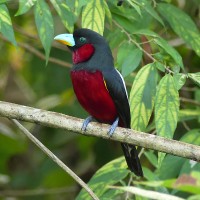 Thailand Birding & Nature FULL - Check out Island of Wonder: Birds & Nature of Sri Lanka!February 17 - March 7, 2026
Thailand Birding & Nature FULL - Check out Island of Wonder: Birds & Nature of Sri Lanka!February 17 - March 7, 2026 -
 Lesvos, Greece: Migration! FULL - See our Portugal trip!April 26 - May 3, 2026
Lesvos, Greece: Migration! FULL - See our Portugal trip!April 26 - May 3, 2026 -
 Yellowstone: Birds, Bears & Wildlife FULL - See our June departure!May 28 - June 3, 2026
Yellowstone: Birds, Bears & Wildlife FULL - See our June departure!May 28 - June 3, 2026 -
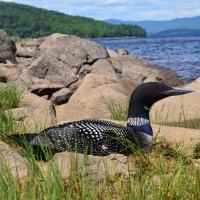 Summer in Maine: From Acadia to the NorthwoodsJuly 7 - 14, 2026
Summer in Maine: From Acadia to the NorthwoodsJuly 7 - 14, 2026
-
Essential Information +
Packing List +
Suggested Reading List +
Useful Links +
Photo credits: Banners: Bison (NJ Stock), Yellowstone Scenic (NJ Stock), Great Gray Owl (Bryan Calk), Grizzly (Andrew Kenny), Pika (NJ Stock), Yellowstone Scenic (Greg Smith), Bison Group (Andrew Kenny), Fall Color (Greg Smith) Thumbnails: Great Gray Owl (Gary Stone), Bison (NJ Stock), Stellar’s Jay (NJ Stock), Elk (Yvonne Hunter), Grizzly Bear (NJ Stock), Lower Falls (NJ Stock), Yellow-rumped Warbler (NJ Stock), Pronghorn (Hugh Simmons)
















